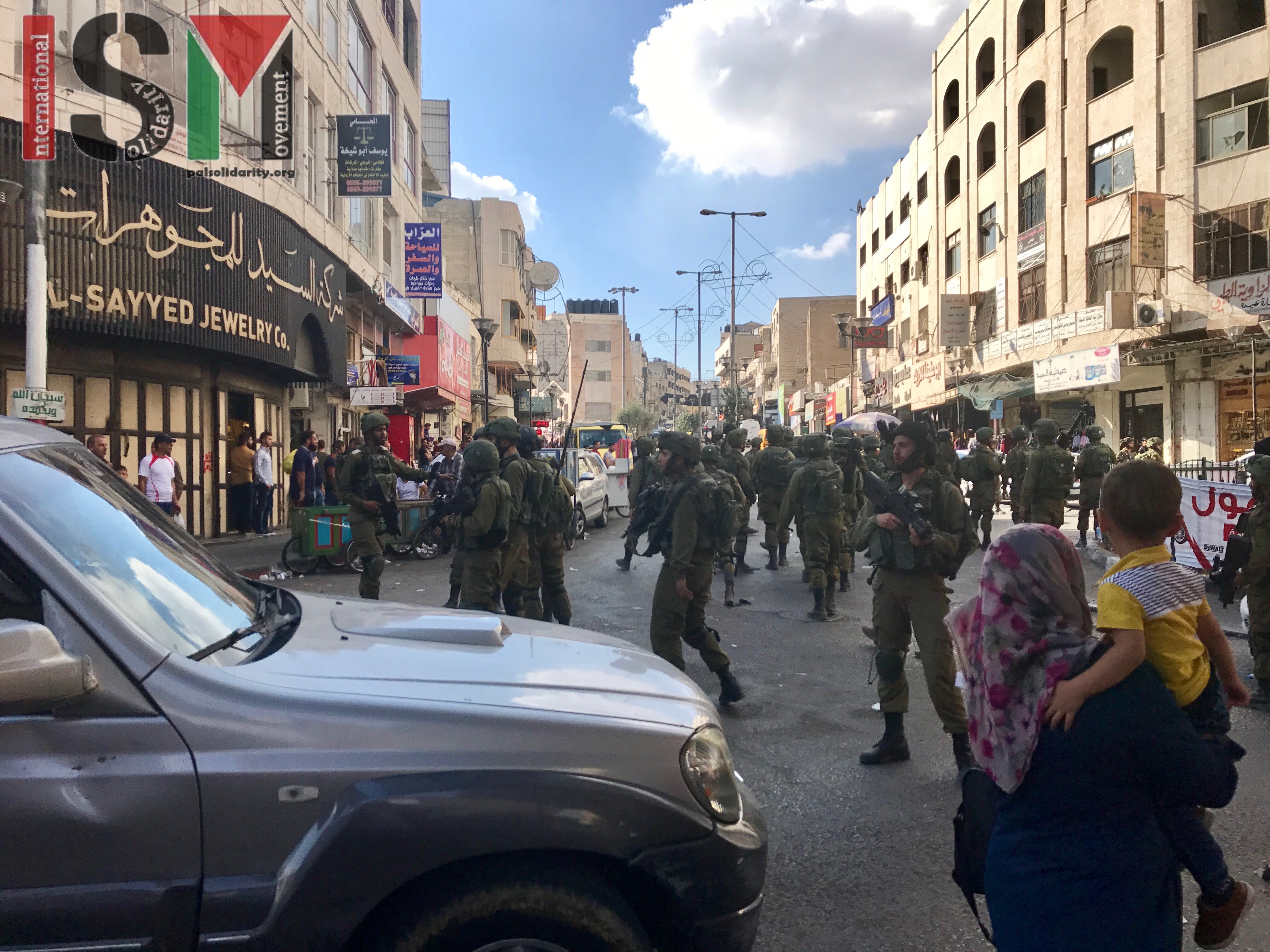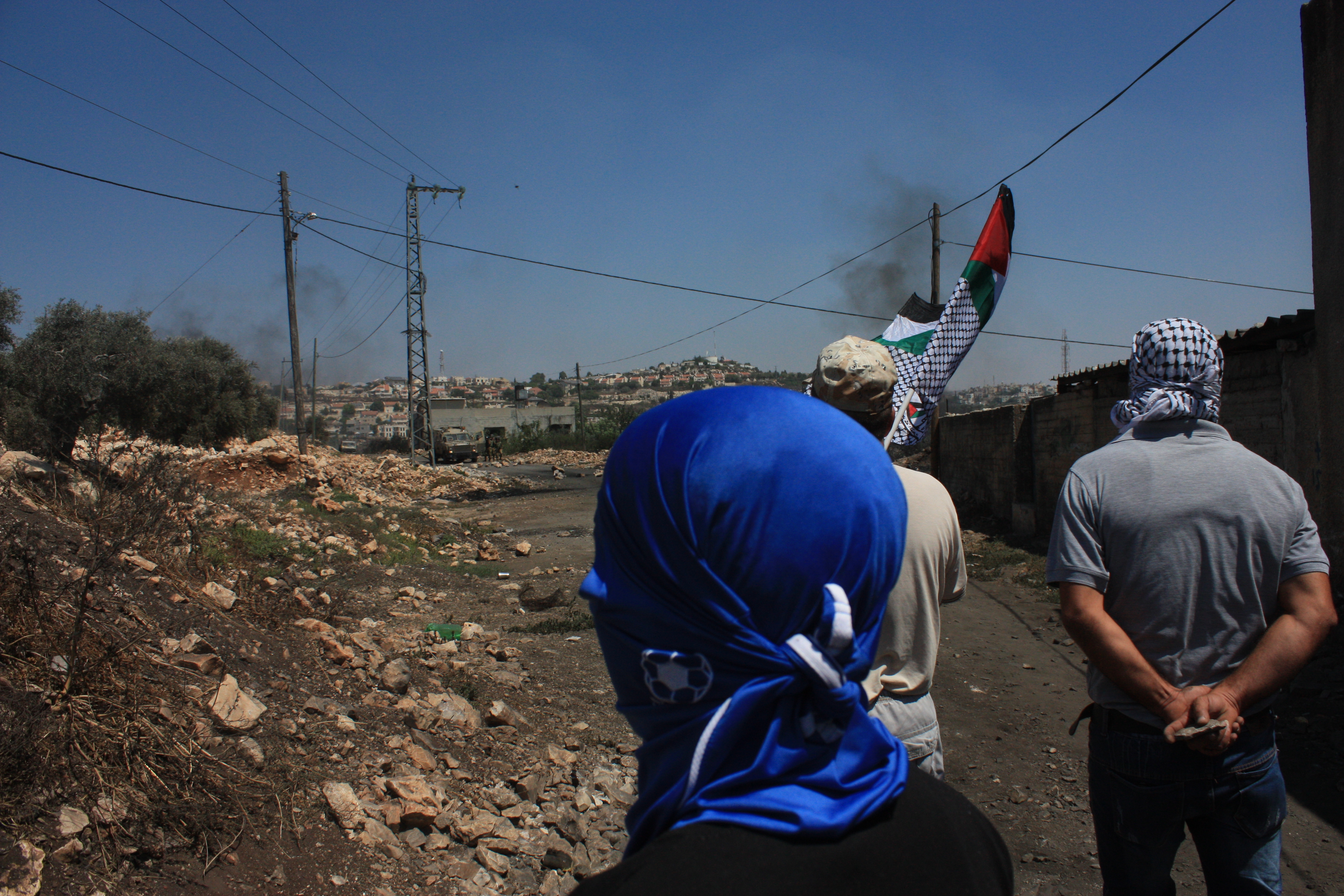Tag: Live Ammunition
-
Israeli Forces use live ammunition in occupied Hebron
22nd September 2017 | International Solidarity Movement, al-Khalil team | Hebron, occupied Palestine On Friday, September 22, the usual small scale and unorganised protests next to the Shuhada checkpoint elicited an exaggerated response from the Israeli military. At 2:00 PM approximately 15 soldiers went into H1 in pursuit of the protesters, firing tear gas and…
-
Israeli occupation forces suppress peaceful protest with rubber-coated steel bullets and live ammunition
20th August 2017 | International Solidarity Movement, Huwwara-team | Kafr Qaddum, occupied Palestine Israeli occupation forces suppressed another non-violent demonstration on Friday the 18th of August, in the village Kafr Qaddum, in the occupied West Bank. The weekly demonstrations protest the closure of the main road connecting the village with Nablus, which is the main…
-
Supporting Fayzeh
15th August 2017 | Supporting Fayzeh | occupied Palestine Many of you know Fayzeh and Issa Souf from the West bank village of Hares. Fayzeh has been recently diagnosed with advanced stomach cancer. She has been hospitalized for the last month and has began receiving chemotherapy. Issa and Fayzeh’s dedication, generosity and kindness have touched…



